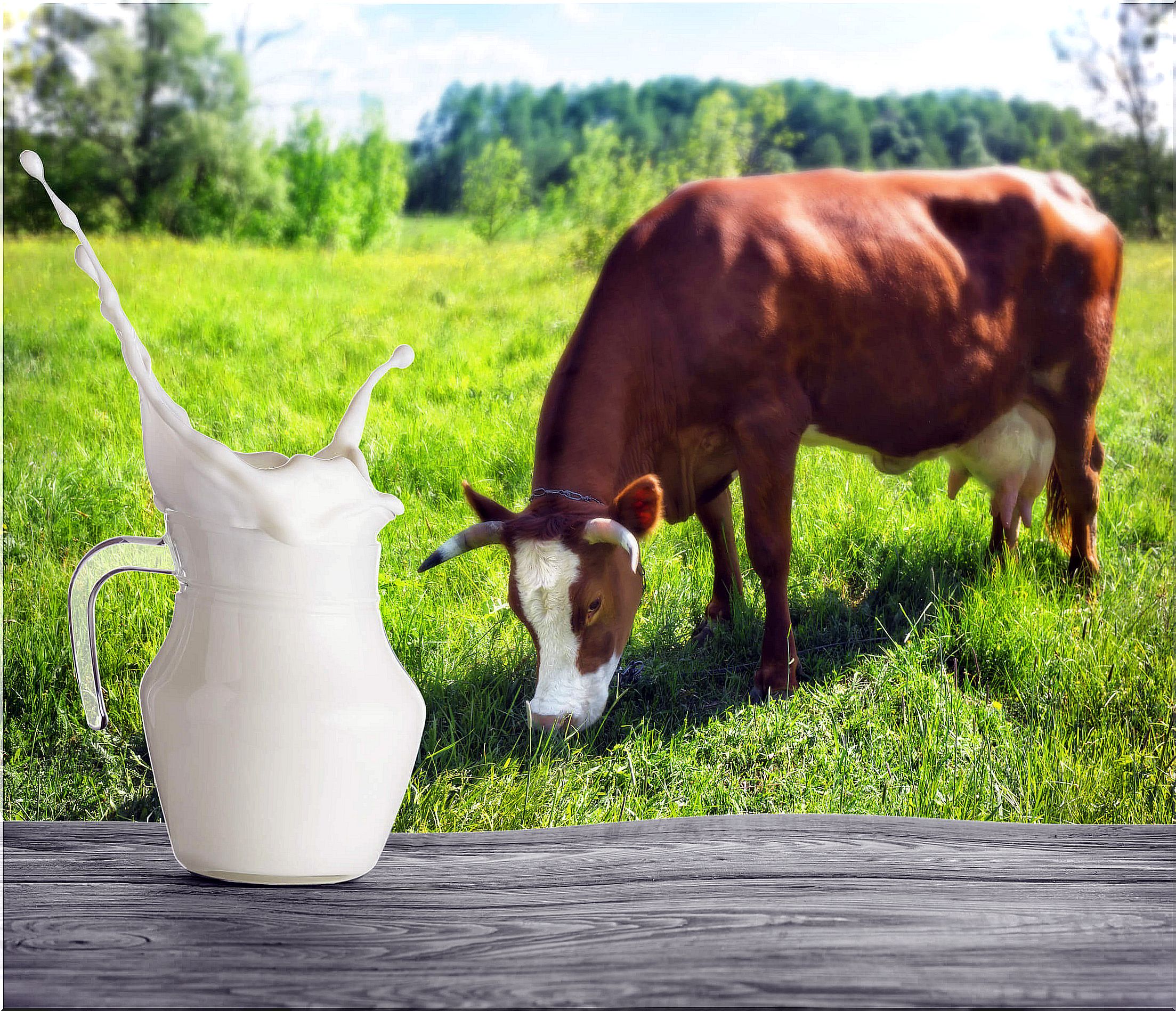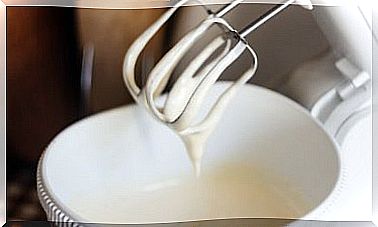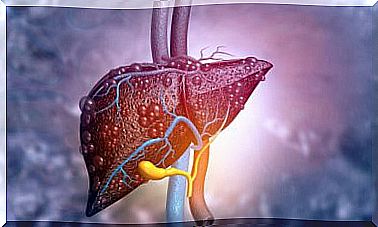Skim Milk Versus Whole Milk
If you want to know what the new research says about the controversy between skim milk versus whole milk, do not miss this article that will help you clarify your doubts.
One of the first measures taken at the beginning of a diet to lose weight is to replace whole milk with skim milk for daily consumption, with the aim of reducing fat consumption and gradually losing weight.
Other people change the type of milk for a matter of taste, as they find whole milk strong and heavy. Whatever the reason, it is important to analyze the foods that are part of the daily diet and to know if skim milk is the best alternative.
Skim milk versus whole milk
The main difference between the two types of milk is that skim milk contains a lower percentage of fat and, therefore, the calories it contains are lower.
However, by eliminating fat, the fat-soluble vitamins A, D and E are discarded. It should be noted that some of these nutrients, such as vitamin D, have been shown to be essential for the prevention of complex pathologies. In addition, it is usually difficult to introduce it into the body through diet.
Which is more nutritious?

As we have already mentioned, the main difference will be in the percentage of fat, which will influence both the calories and the taste.
But it is not only that, by losing fat, skimmed milk also loses the fat-soluble vitamins characteristic of milk, especially vitamin A and vitamin D or calciferol. Also, a certain minor proportion of vitamin E or tocopherol is lost naturally in skimming.
Added to this is a reduction in the absorption capacity of calcium that the digestive system captures better accompanied by the fat and vitamins in milk.
At present, the skimmed milk that reaches us does not have these differences with respect to fat-soluble vitamins and the amount of calcium (another thing is that it is absorbed the same or not) because vitamins A, D and E are added artificially.
These are not always synthetic vitamins, but they do not have to come from the extracted fat either. In other words, initially, from a nutritional point of view, both milks are the same, although one has fewer calories.
What do the studies say?
A 2017 study published in The American Journal of Nutrition ensures that the intake of cheese and yogurt with all its ingredients not only does not affect obesity, but could even help prevent it, as well as diabetes. Something that, according to the study, is not observed in consumers of skim products.
Another study led by Dr. Dariush Mozaffarian concluded that drinking whole milk could prevent diabetes. In this research, the blood of more than 3,000 people was analyzed over a period of 15 years. People who consumed whole milk were 46% less likely to have this disease.
On the other hand, a researcher at Harvard University, Mohammad Yakoob, did not find in a meta-analysis of medical records in the United States a relationship between the intake of whole milk and obesity or diabetes. On the contrary, the review suggests that consumers of whole milk appear more protected.
More studies, this time in children

A study published in 2016 looked at the diets of 2,700 children between the ages of two and six. Their results proved that children who drank whole milk had lower body mass.
Dr. Dariush Mozaffarian states the following:
The importance of milk consumption
We hope we have contributed to knowing a little more about the types of milk. For now, it appears that the skim milk versus whole milk controversy is shedding new light. What is clear is that promoting dairy intake is essential for health.
These foods contain proteins, micronutrients and bacteria necessary to ensure the proper functioning of the body. For this reason they must appear in the context of a healthy diet.
In any case, try not to overindulge so as not to increase the caloric value of your diet excessively. Otherwise you could suffer an undesirable increase in fat mass.









